Exploring Fastener Materials
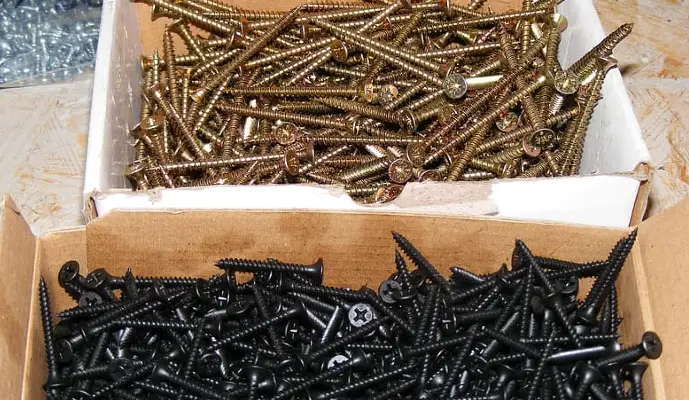
Fastener materials are wide ranging, right from common steel to titanium, aluminium, or even certain specialised or exotic materials. Normally, materials are divided into “grades”.
Read More
Fastener materials are wide ranging, right from common steel to titanium, aluminium, or even certain specialised or exotic materials. Normally, materials are divided into “grades”.
Read More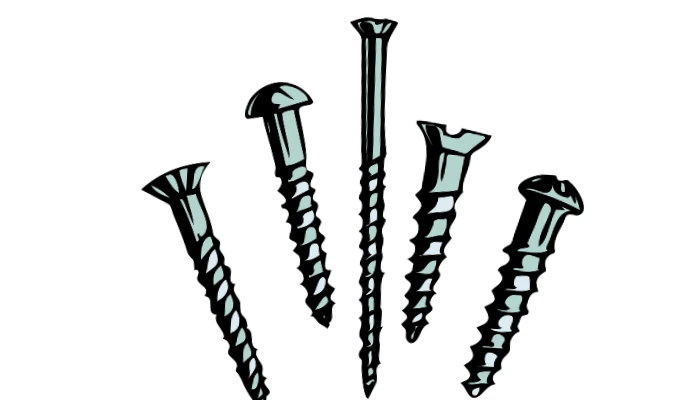
Drive styles are several, but here we explore the ones that are ideal for woodworking projects. They range from many variations of the Phillips drive to various polygon and hex-shaped drives.
Read More
Fasteners are a vital component in the design of wooden cabinets, structural components, and furniture of different varieties. There are several fasteners that are ideal for securing wood-to-wood attachments. Let’s explore them here:
Read More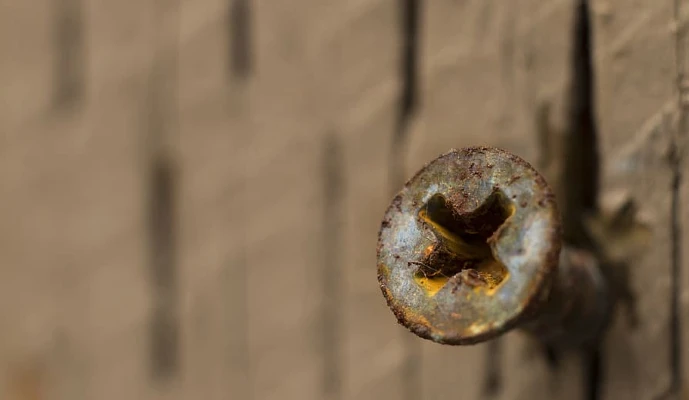
Galling is a phenomenon that occurs in fasteners due to a combined effect of friction and adhesion of metallic surfaces during the process of sliding.
Read More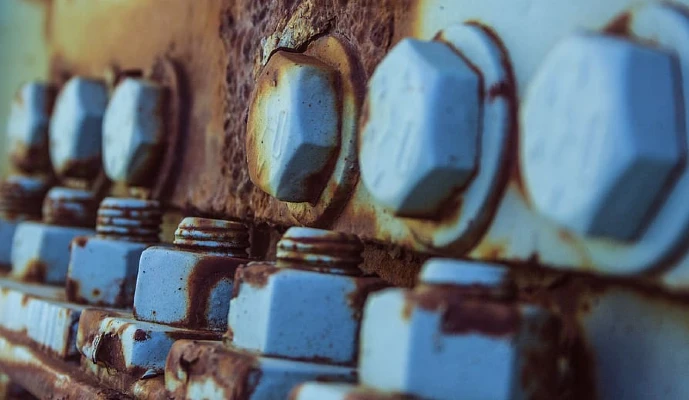
Engineers are sometimes confronted with the issue of bolt failures. Taking precautionary measures to prevent this from happening would be a wise decision on the part of those handling a project involving fasteners.
Read More
Materials are held together through the compressive force of a bolt-nut combination. The nut’s threads act with the screw’s threads to apply force to the fastener, working on both ends.
Read More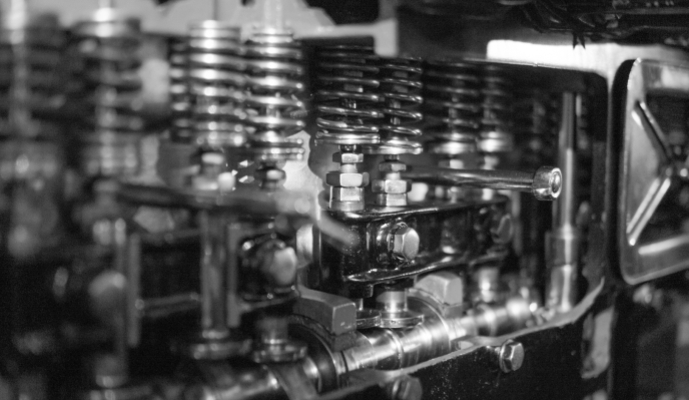
In the automotive industry, normally, engineers are familiar with every aspect of the specifications and torque required in automotive manufacturing. The crucial information regarding tightening, however, is unfortunately rather scarce.
Read More
Workers require specific fasteners to affix two objects together and complete a construction project. Structural Fasteners are characterised by strong, heavy-duty materials that facilitate the construction of structures employing steel to steel connections.
Read More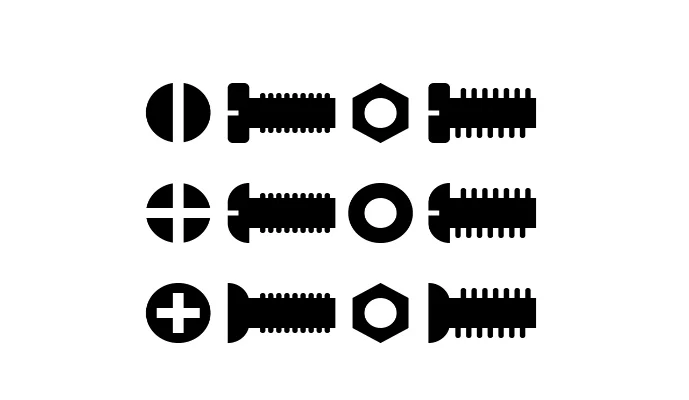
A screw is a type of fastener characterised by a helical ridge, also known as a male (or external) thread. Typically made of metal, screws fasten materials by digging in and wedging into them by turning, upon torque applied.
Read More
A fastener drive is a mechanism that is used to turn a screw. A set of distinctly shaped protrusions on the screw head allows a certain amount of torque to be applied to it; the addition of a mating tool completes the process.
Read More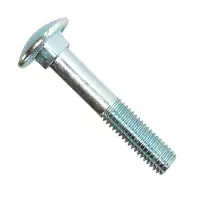
A carriage bolt is a distinctive bolt which comes with a mushroom head and a circular shank cross-section. The portion immediately below the mushroom head, however, is formed into a square section. The head is usually shallow and dome-shaped.
Read More
Every industry works with fasteners - they are everywhere and are crucial to building most products around us. And if you work exclusively with manufacturing, automotive or the construction industry, you need to be equipped with the necessary knowledge about choosing the right fastener and the best practices for its assembly.
Read More
Before pre-applied solutions, fasteners lacked a certain degree of reliability and security. In fact, the problem of vibrations damaging machinery and reducing the life of fasteners was thought of as unsolvable before pre-applied fasteners.
Read More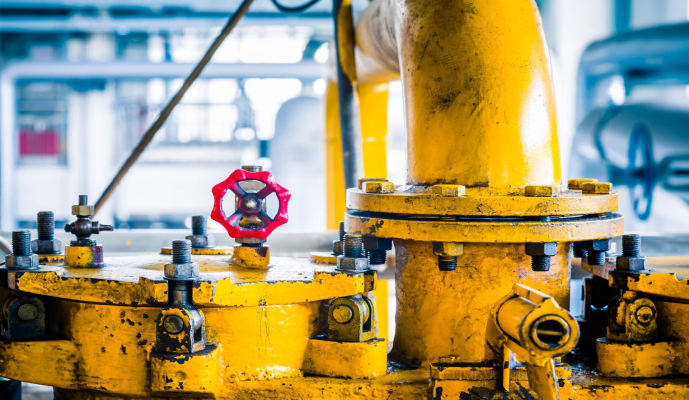
Fasteners used in the petrochemical industry should ideally be able to survive the harshest of environments. Equipment used for the drilling and transportation of oil and gas are required to bear with extreme fatigue conditions like extreme weather and high-pressure situations.
Read More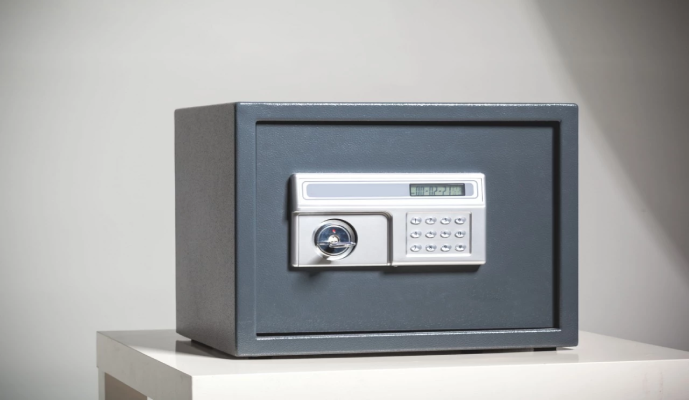
Security screws are tamper-proof and are mostly used in securing important equipment like ATM machines, jail grills, license plates, cars and other critical equipment. Security screws are tamper-resistant because they cannot be taken apart by stand drivers.
Read More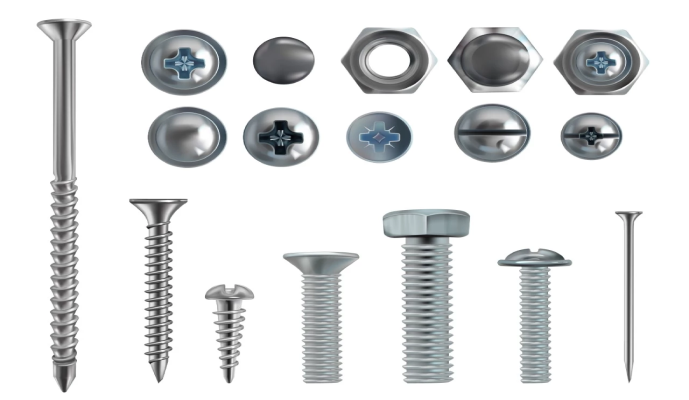
All fasteners come with certain markings on their head which will help you identify their make, material and dimension.Fastener manufacturers are accountable for ensuring that customers know what they purchase.
Read More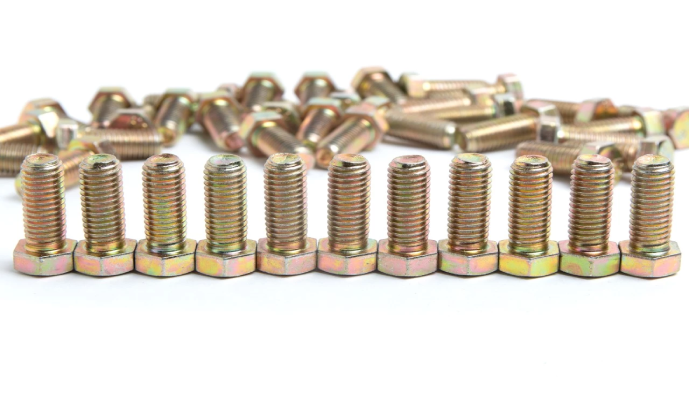
Galvanising is the method by which fabricated steel components are immersed into a bath of molten zinc that metallurgically bonds the zinc to the steel component’s surface.
Read More
A flange is typically a small projecting flat rim, collar or rib on a screw for strengthening or attachment. Flange screws are extremely secure when used in specific applications.
Read More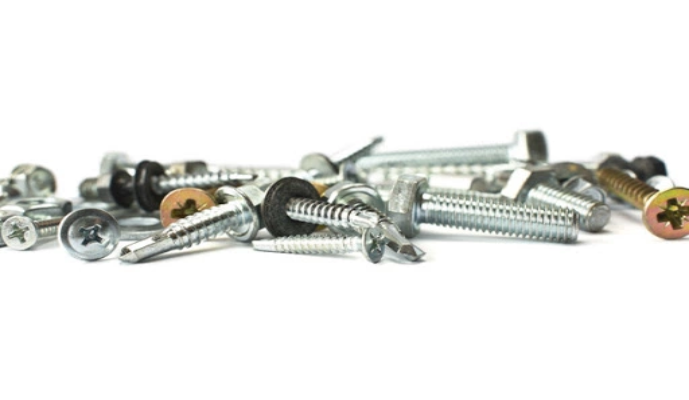
If you are just beginning on the wonderful journey into the manufacturing, construction or industrial world, congratulations! You have chosen well. However, understanding the various components of this world can be overwhelming.
Read More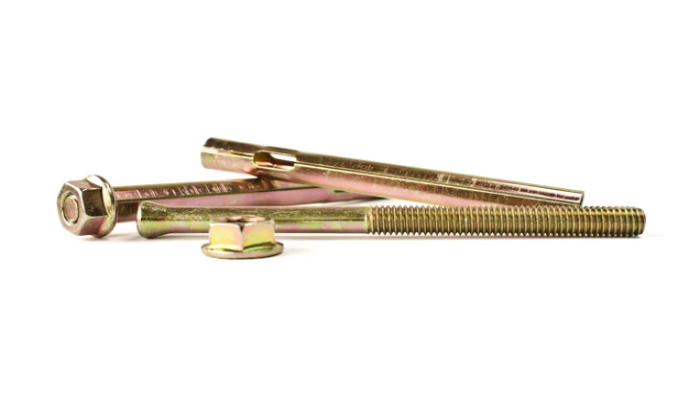
Industrial pins come in many types and are used for a wide range of applications - their primary use is to align, couple or assemble two components. Here, we have listed several types of industrial pins, their uses, and applications.
Read More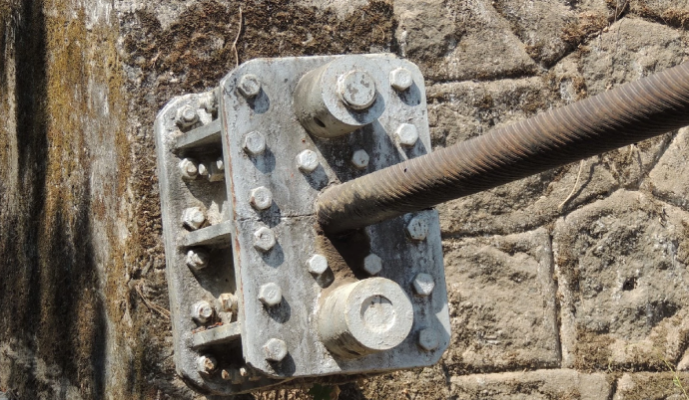
Foundation bolts are mainly used in pre-engineered buildings manufacturing, fastening heavy machines to foundations,and construction.
Read More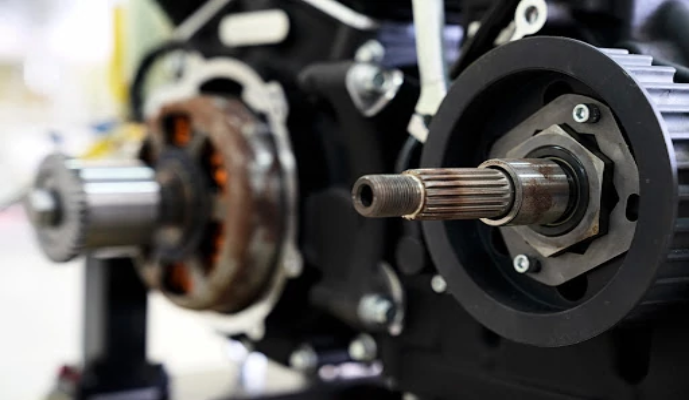
What can set you apart as a quality manufacturer is your knowledge of specialised equipment used for unique purposes.
Read More
Ever since threaded fasteners became mainstream, the problem of loosening of fasteners due to vibrations has increased manifold.
Read More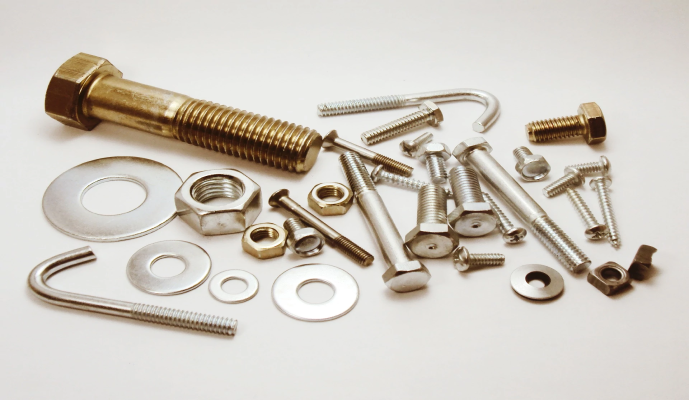
Stainless steel is probably the most preferred fastener material in the world, and rightly so! Stainless steel comes with several advantages which make it unique as well as durable.
Read More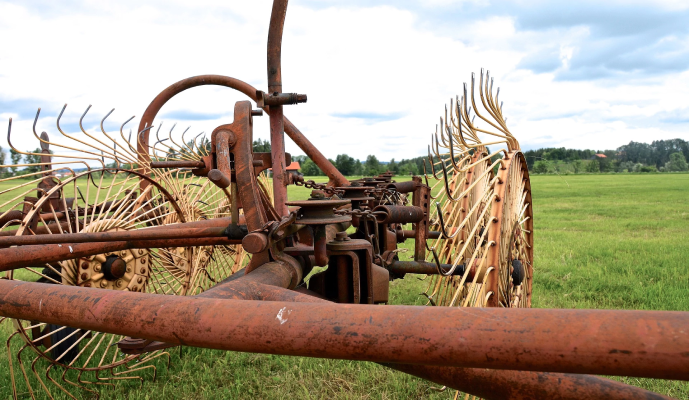
Hydrogen embrittlement is caused by a wide range of factors and more importantly, requires specific treatment to be given to the materials based on how the embrittlement was caused.
Read More
We are happy to inform you that ITA Fasteners has been approved by the Indian Defense Manufacturing Sector to supply parts to the Ministry of Defense. To be able to contribute in our own little way to the protection of our country is definitely a badge of honour for us. But getting there was definitely not easy.
Read More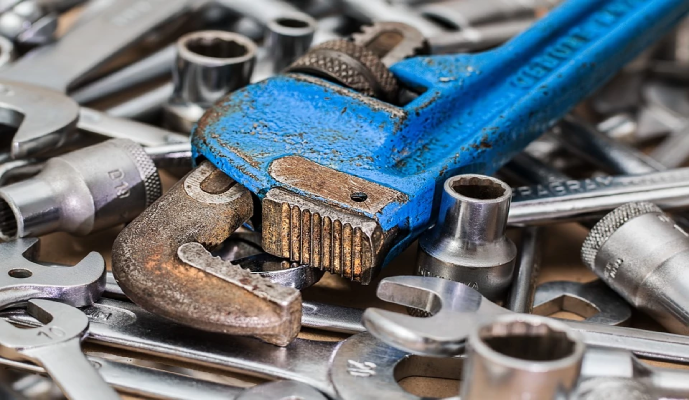
Torquing - the “art” of tightening fasteners to the perfect level. While, for the average users of nuts and bolts, it might seem unimportant or even trivial, torquing fasteners incorrectly will lead to serious consequences which could damage the entire structure, machine or component you have built.
Read More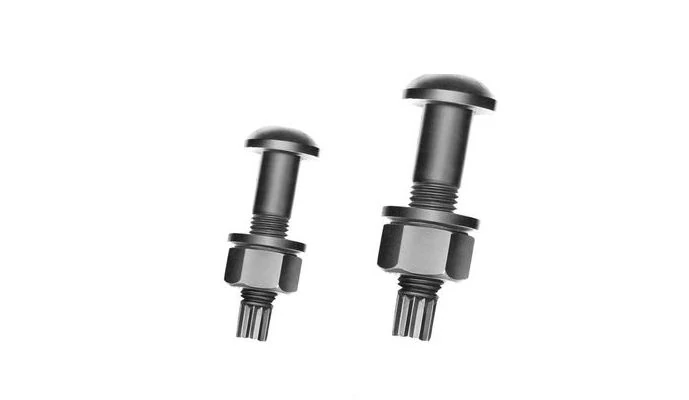
Tension Control Bolts are used for high strength, steel to steel fastening. It is one of the most commonly used fasteners for high strength applications, even preferred over large hex bolts. The head is dome-shaped and is not designed to be driven with normal tools.
Read More
If you are part of a large manufacturing company, you must be familiar with this scenario: waiting for the stock of a particular component to completely deplete before placing an order with your vendor, only to realise that you need the products as soon as possible.
Read More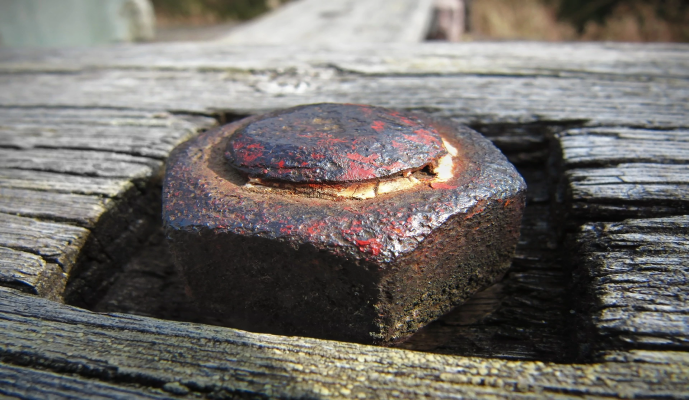
The world of structural design and deployment would literally crumble without the use of fasteners. If they are rightly used, fasteners can be extremely versatile in how they can do the work for you. But there are several occasions where fasteners are not used to the best of their capabilities.
Read More